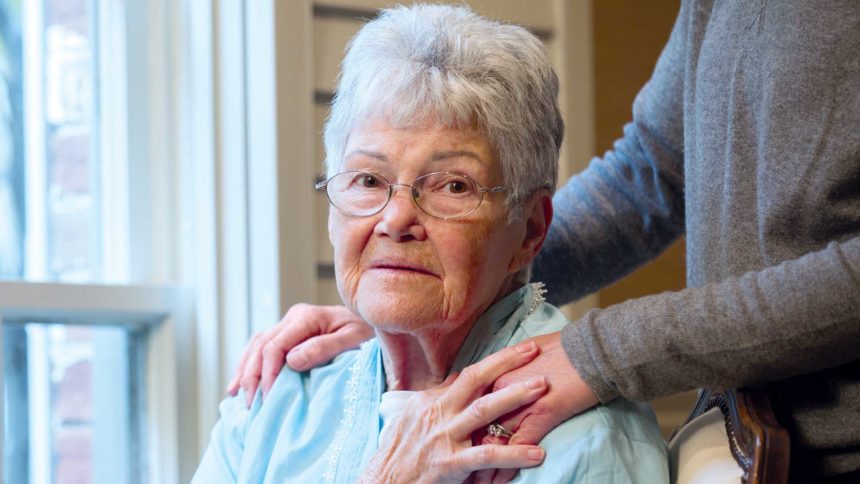
People who are older and identify as a sexual and gender minority — OSGM — are more susceptible to frailty, according to a new study.
About 3 million older adults in the United States are LGBTQ+ or don’t identify with their sex assigned at birth. Experts think this number will surge to more than 5 million by 2030.
Previous research shows that those who belong to an OSGM have a disproportionate risk for mental health issues, cognitive decline, chronic conditions and health risk behaviors compared to the general population. But not much data is available to show how this population of people is doing when it comes to aging.
Chelsea N. Wong, MD, an advanced geriatric medicine fellow at Beth Israel Deaconess Medical Center, led a team that created a frailty index to better gauge frailty. The index showed that those who are OSGM had higher rates of frailty that began at younger ages and continued into older age compared to people who didn’t identify as OSGM. The study was published in the Journal of Gerontology: Medical Sciences.
Being frail is caused by age-linked declines that occur among multiple bodily functions. It’s linked to a higher risk for disability, falls, hospitalization and death. Frailty often involves weakness and muscle loss, fatigue, impaired cognition and slower walking. These ailments can interrupt how people live, cause social isolation, and make it more difficult to live independently.
“We found that older individuals who belong to sexual and gender minorities have a higher burden of frailty, maintained across the lifespan and a higher magnitude of mortality risk,” Wong said in a statement. “To our knowledge this is the first study to examine frailty among this marginalized population.”
The frailty index is based on 33 factors that individuals may experience deficits in, such as hearing, sight, cognition, cardiovascular health and more. Out of more than 76,000 people studied, the 9,110 who identify as OSGM had a higher burden of frailty compared to people who didn’t identify as a sexual or gender minority. Among those who are OSGM, 41% were not frail, 34% were pre-frail and 26% were frail. Of non-OSGM people, 50% were not frail, 32% were pre-frail and 19% were frail. The risk for death linked to frailty was higher in people who were sexual and gender minorities.
What explains the frailty increase? It’s called the minority stress theory, which refers to external stressors of discrimination that people internalize. It’s been linked to negative health outcomes including shifts in immune, inflammation and endocrine function. These translate into poor cardiovascular, metabolic and immunologic health.
“The minority stress experience of chronic additive stress associated with social stigmatization and discrimination may lead to systematic inflammation and contribute to the development of frailty at relatively younger ages. These findings emphasize the need for early geriatric assessment among OGSM and future work should identify potential targets to mitigate frailty,” Wong said.



